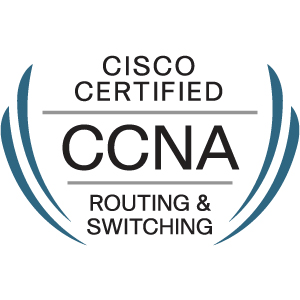One network ID is required by each of:
IPv6IPv6 is 128 bits. It has eight octet pairs, each with 16 bits and written in hexadecimal as follows:
2b63:1478:1ac5:37ef:4e8c:75df:14cd:93f2
Extension headers can be added to IPv6 for new features.SupernettingSupernetting is used to help make up for some of the shortage if IP addresses for the internet. It uses Classless Inter-Domain Routing (CIDR). If a business needs a specific number of IP addresses such as 1500, rather than allocating a class B set of addresses with the subnet mask of 255.255.0.0, a subnet mask of 255.255.248.0 may be allocated. Therefore the equivalent of eight class C addresses have been allocated. With supernetting, the value of 2 is not subtracted from the possible number of subnets since the router knows that these are contiguous networks. 8 times 254 = 2032.
SNMP Installation
SNMP is installed from the control panel network applet services tab. The service is called "SNMP Service". Two parameters are specified at installation:
SNMP Configuration
Clicking "SNMP Properties" brings up a menu with the following three parts:
SNMP Use
NT Server cannot be an SNMP manager by default without special software. SNMP errors are viewed from the system log of Event Viewer.
SNMP Commands
Information collection methods:
| |||||||||||||||||||||||||||||||||||||||||||||||||||||||
24 February 2016
TCP/IP Addresses
Posted By: Md Monarul Islam - 1:42 AM
Filled Under
CCNA
About Md Monarul Islam
Hi, I’m Md Monarul Islam. Nice name Monir, from Dhaka-Bangladesh.I am complete my Post-graduation in National University of Bangladesh. Department of Management and I am also study in Network Technology-NT from IDB-BISEW IT Scholarship project-R27. I am always wanted a great system administrator with World wide Network specialist. As a Bangladeshi my mother tongue is বাংলা (Bangla). So, you may find grammatical mistakes in my post. Sorry for the inconvenience.
Subscribe to:
Post Comments (Atom)



0 comments:
Post a Comment